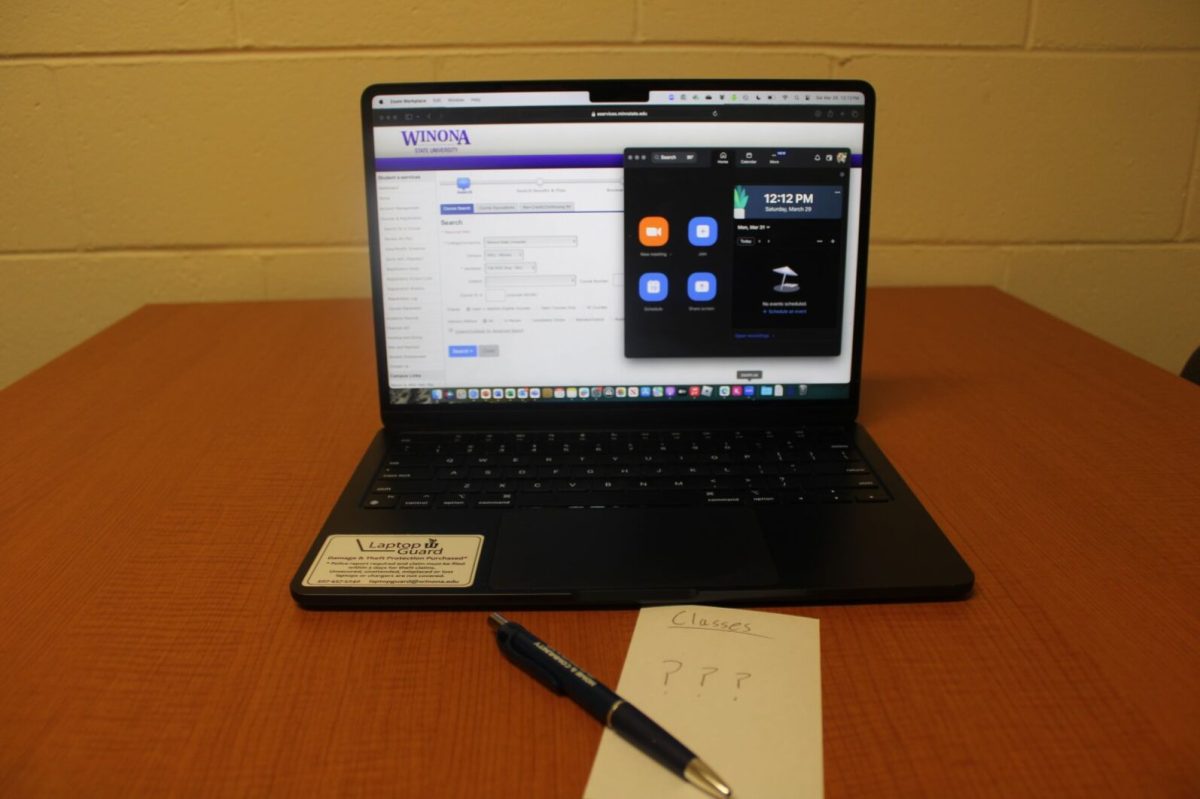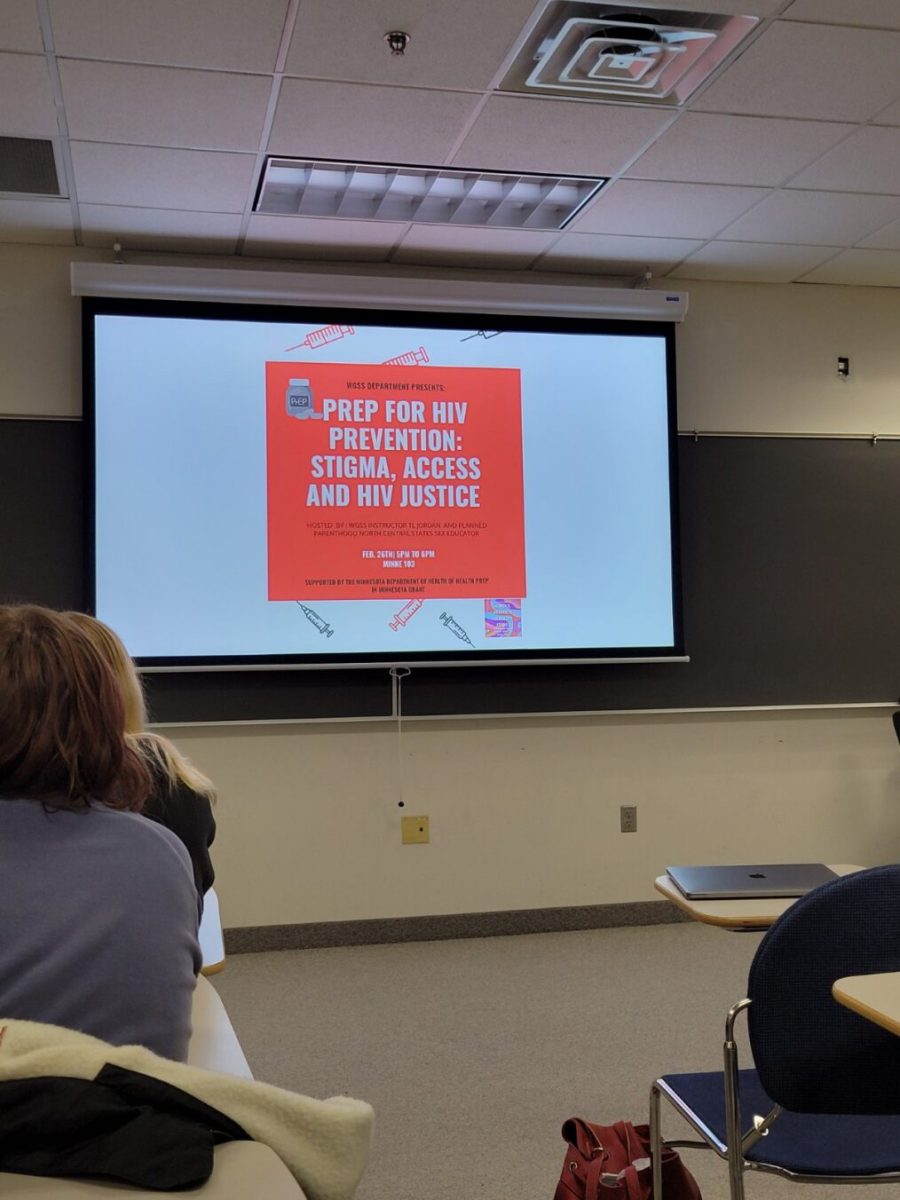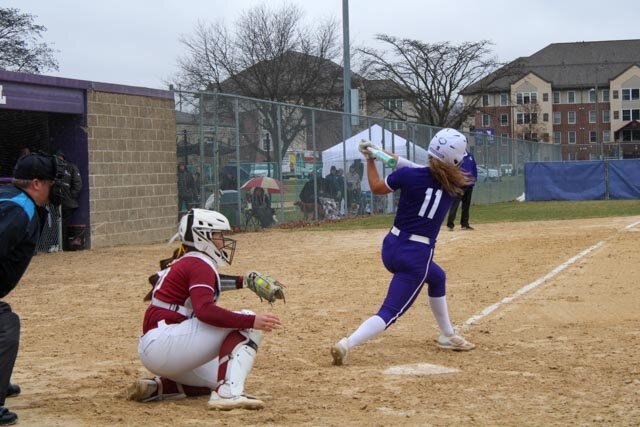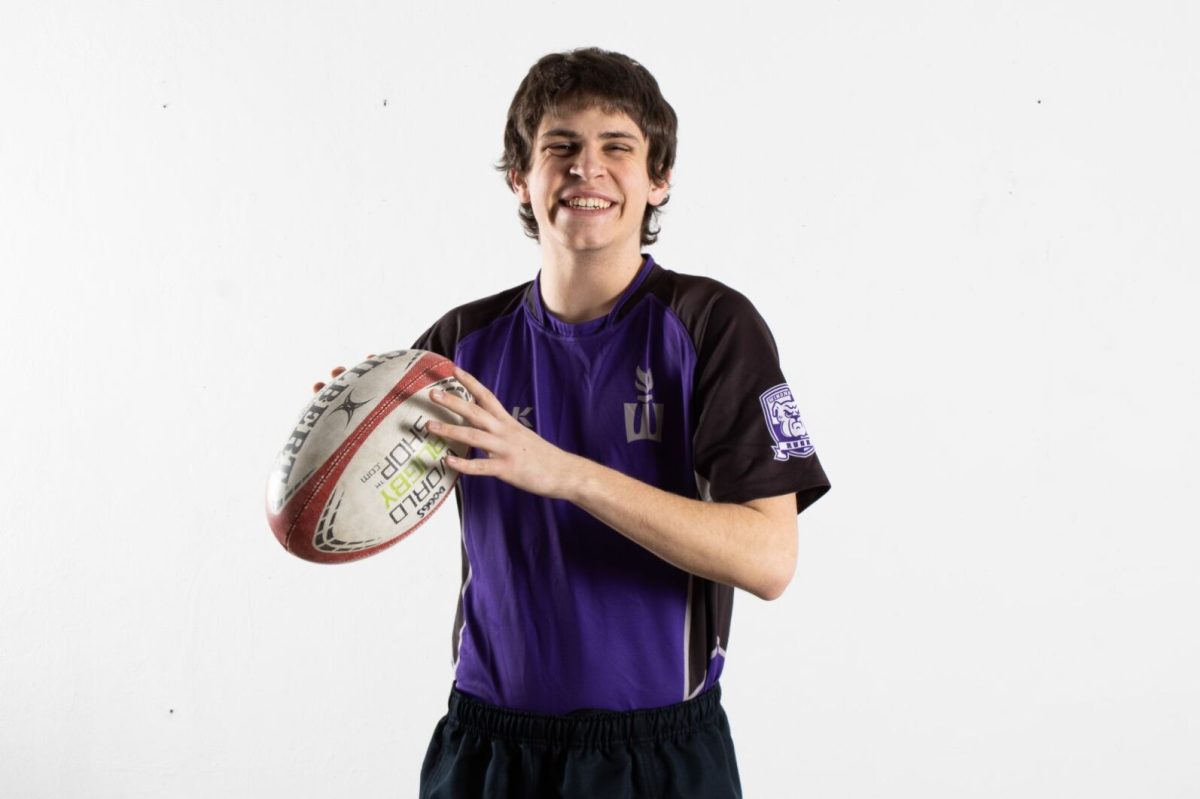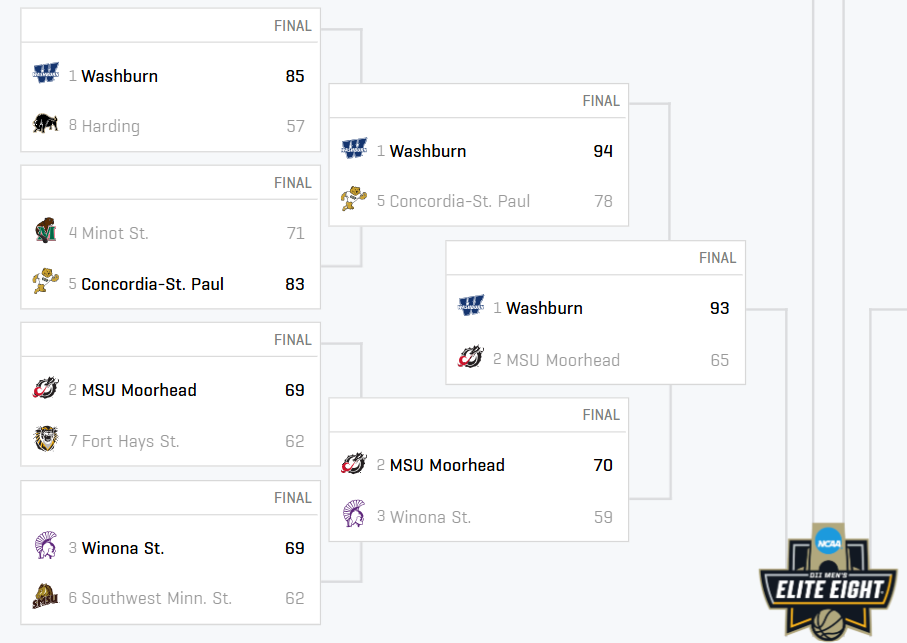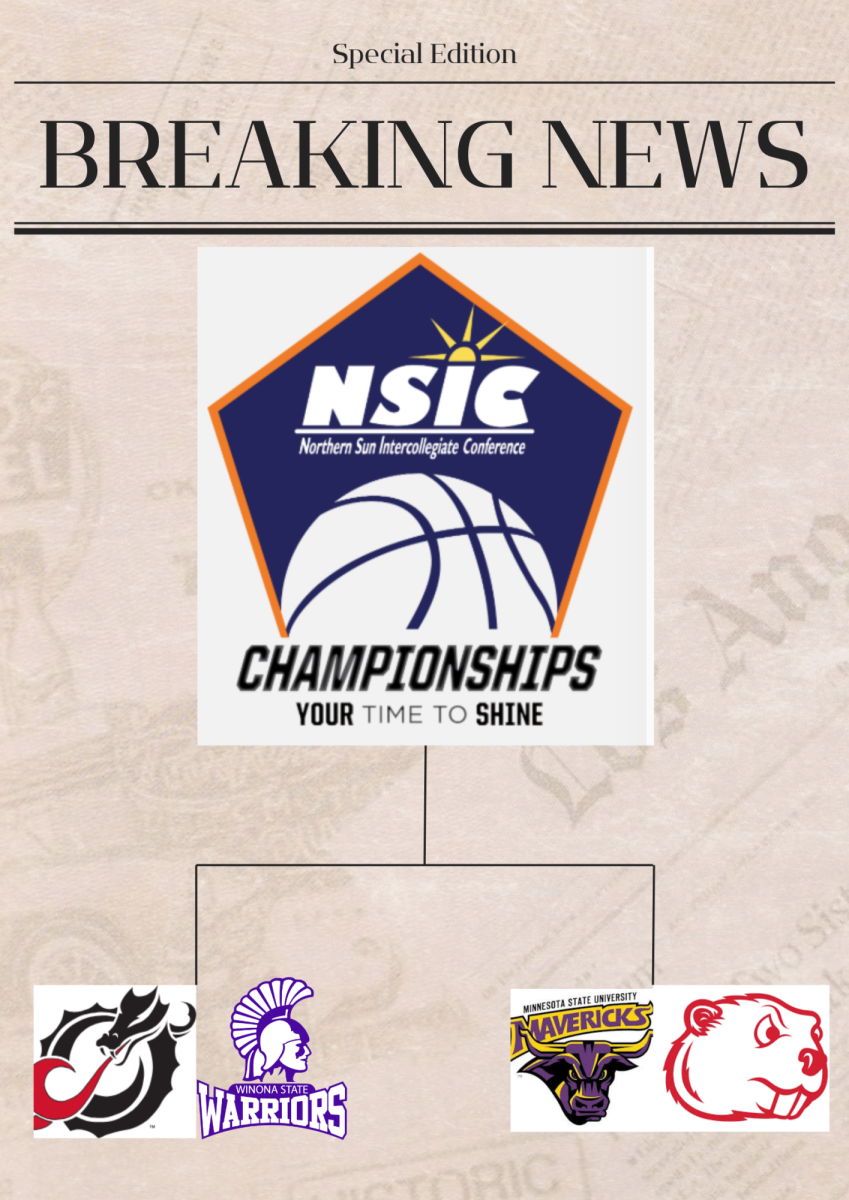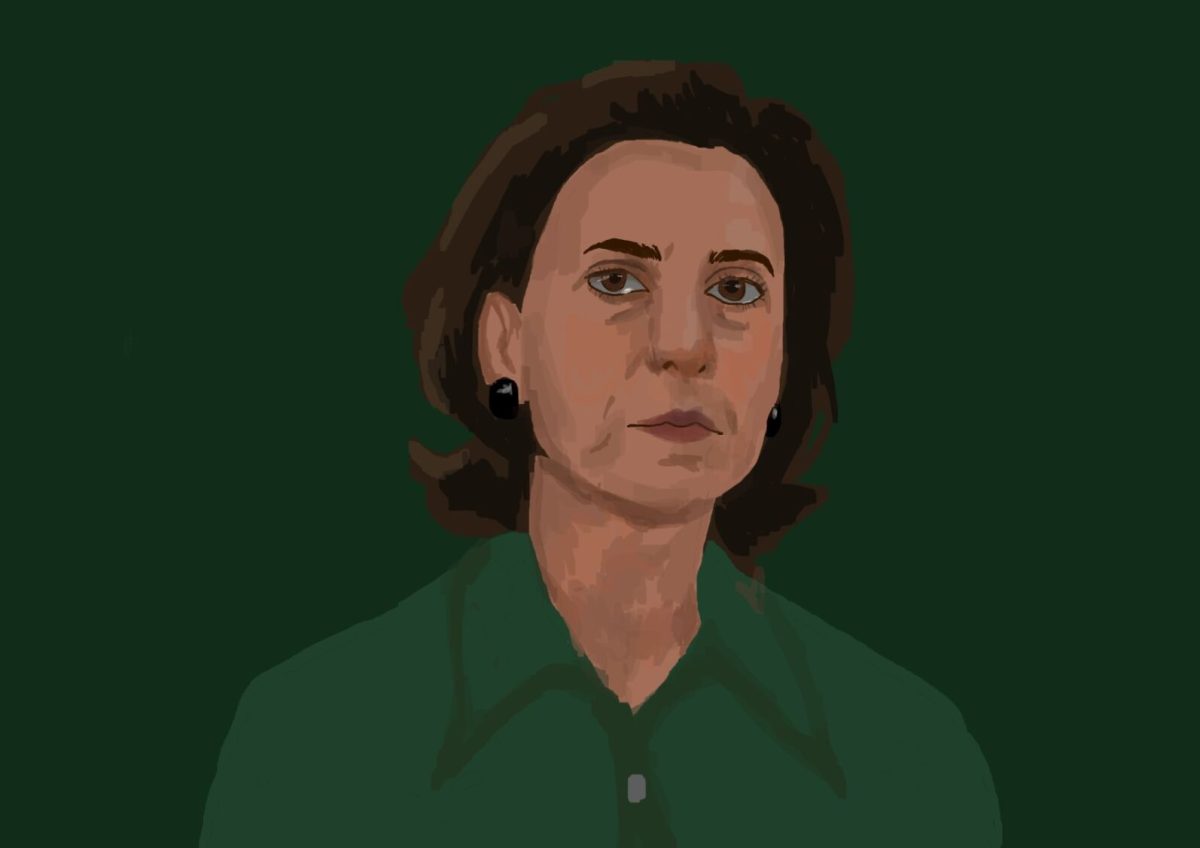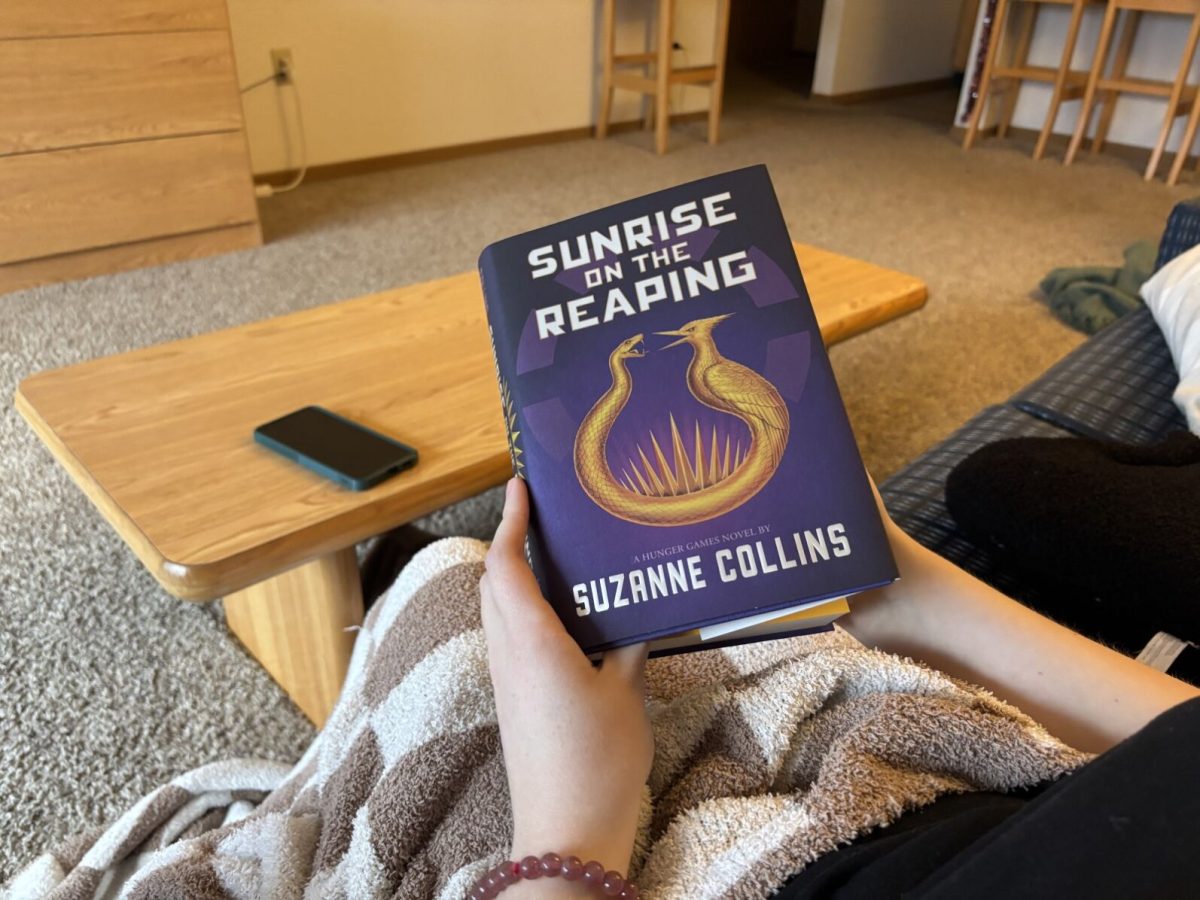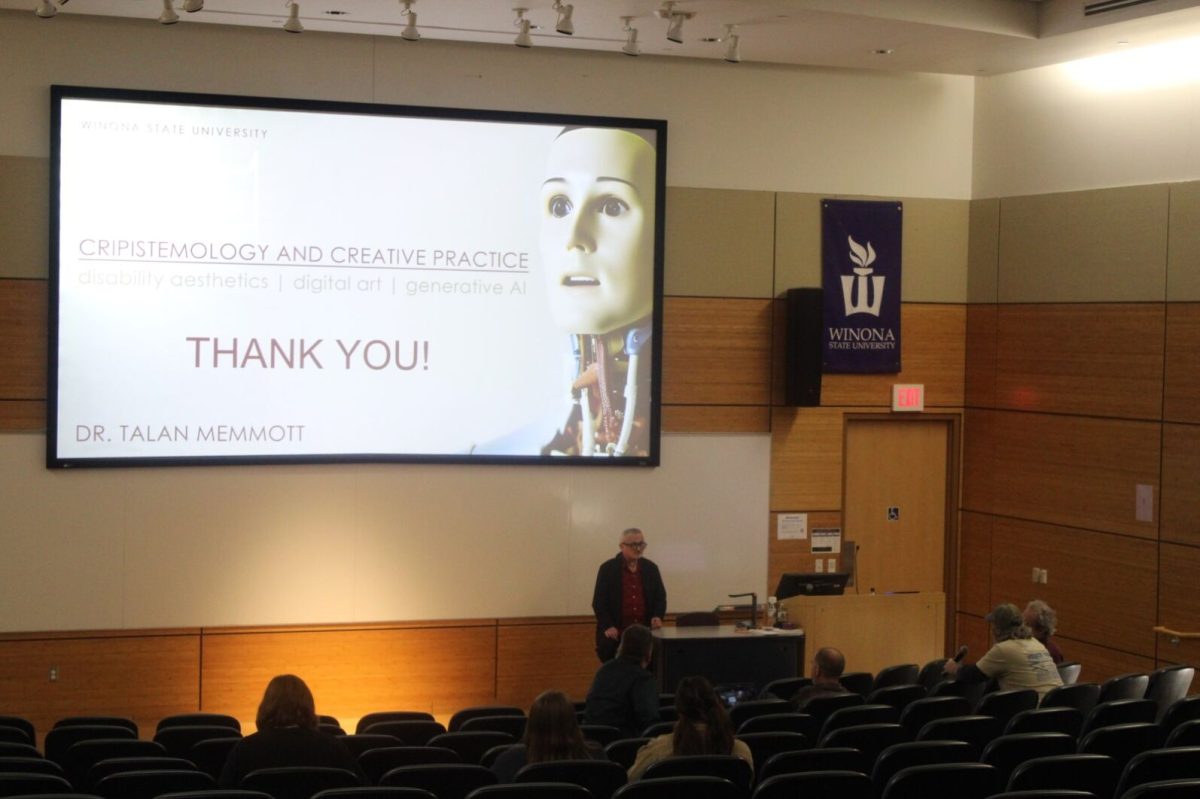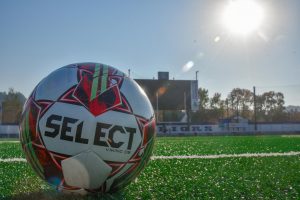Geoscience professor receives NASA grant
November 11, 2020
Winona State University professor of geoscience, Jennifer Anderson, was part of a team that recently received funding from NASA.
The grant from NASA totaled to $1.1 million with Winona State receiving nearly $200,000 to be divided during the course of three years.
Anderson was a co-investigator for the proposal made that ultimately earned the grant, working alongside principal investigator Christopher Cline, a scientist in the NASA Experimental Impact Laboratory.
The proposal – titled “The Role of Small-Scale Target Heterogeneities in the Formation and Morphology of Small Craters”– focused on impact cratering on the moon and how craters are formed.
Anderson’s work as a planetary geologist is focused on impact cratering processes.
“If I want to understand how impact craters form, then I need to be looking out in our solar system and then when I understand how impacts work out in the solar system, I can come back and go ‘here’s how it probably works on the earth,’” Anderson said.
Anderson said the experiments the team is conducting involve sand with bricks under the surface and aluminum BBs.
Anderson said by adding bricks to the sand, it mimics the surface of the moon.
“If you can imagine the moon’s surface, [it] isn’t just a nice broken up material, it’s got big blocks and little blocks and sand grains, it’s a real mess. That’s the work we’re doing, what we’re trying to understand,” Anderson said.
Anderson said if the team makes realistic targets that mimic what the moon’s surface actually looks like, they could see how craters are formed and why they look the way they do. This would ultimately allow the team to better interpret the images they receive of the moon and its surface.
The proposal received funding on its first submission, which Anderson said she was not expecting due to her previous experience with submitting proposals to NASA.
“I didn’t expect to get funded this year,” Anderson said. “When I wrote the proposal on which I’m the principal investigator, which I got back in 2015, I submitted that four times before it was accepted. It was a six-year long process.”
Anderson said the success rates for NASA proposals in this program is 11%, so receiving a grant upon first submission is shocking.
“We were jumping up and down and screaming, I couldn’t believe how exciting it was. There was no way that I thought this would’ve been accepted,” Anderson said. “We were told by the program manager that it was one of the top [proposals]. To have Dr. Cline come in and on his first NASA planetary geology proposal get this kind of money, that means that his team is excellent.”
Along with other scientists, Anderson worked with Winona State undergraduates.
“Undergrads at Winona State are doing the level of work that we need to be able to do in order to get NASA to give us $1 million. If I didn’t have the undergrads that I have here, if I didn’t have these students working for me, we wouldn’t have this grant,” Anderson said. “They’re doing a lot of the stuff down at the bottom, all of that really detailed work, and they’re doing it at a level that NASA trusts.”
Anderson and her students have been working on and conducting impact cratering experiments since 2007.
Ryan Taitano, fourth-year environmental science major with an emphasis in geoscience, worked with Anderson on the proposal as a research assistant.
Taitano said he created maps of the experimental impact craters the team forms in the laboratory at the Johnson Space Center.
“I use GIS (Geographic Information Processing), a program that is able to manipulate data into a map,” Taitano said. “We accelerate a spherical projectile into a bucket comprised of regolith (sand) and/or rock (cemented sand), forming a crater. Following impact, we scan the crater. With the scan data I create a map of the crater in GIS.”
Anderson also built a research program to work with undergrads and give them opportunities.
“It’s been hard at times over the last 15 years getting my research program built here and figuring out how to work with the undergrads and how to get them trained to do the work that they need to do, but we’re really going now, so it’s a lot of fun,” Anderson said.


